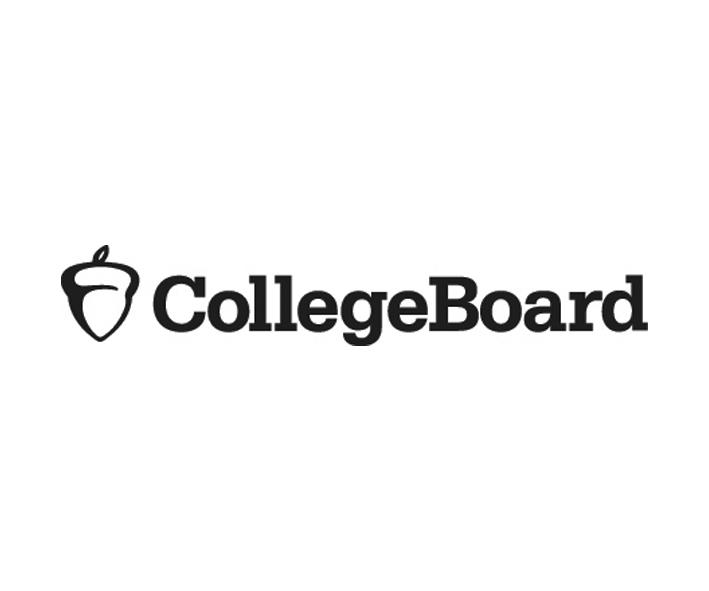(MENAFN- The Peninsula) The Peninsula
It's official – the SAT is going completely digital outside the U.S. in March 2023. The SAT is a globally recognized, multiple-choice exam that is a key indicator in predicting and demonstrating college readiness. Now, the new streamlined exam takes full advantage of what digital testing makes possible and while many important features of the paper-and-pencil version will stay the same, several significant student-and educator-friendly changes are coming.
Jeremiah Quinlan, dean of undergraduate admissions and financial aid at Yale University, believes this is a win for all students – and especially international applicants.“The new format will be more familiar and the test easier to administer, more accessible and secure,” he said.
More than 30,000 students have participated in a digital SAT pilot or research study since November 2021. More than 80% of students who took a prior paper SAT reported a better experience with the digital SAT. The new refresh is expected to create a more equitable playing field and make testing a more favorable experience for students, educators and test coordinators alike.
The digital SAT will also be more secure. Currently, if one test form is compromised, it can mean canceling scores for whole groups of students. Going digital allows us to give every student a unique test form, so it will be practically impossible to share answers.
Here are seven things you need to know about the new digital SAT.
Exam timing will be reduced to just over two hours, instead of three. The digital exam shaves a full hour off the previous paper-and-pencil version, thanks to the new adaptive methodology adaptive methodology, which tracks the types of questions students answer correctly – and incorrectly – and then delivers questions that are more aligned with their knowledge and skills. The aim is to provide questions that are appropriate to each student's performance level and paint a clearer picture of what skills they have mastered in a shorter amount of time. Students will have 2 hours and 14 minutes (plus a 10-minute break between sections) to complete the test.
“As a first-time SAT taker, the test went smoothly,” Mohamed Mahmoud, a pilot participant and student at Qatar International School in Doha.“The layout of the questions was clear, and the English modules were really good.”
Reading and Math sections will be shorter. To ease test fatigue, the digital SAT will feature considerably shorter reading passages that reflect a broader range of topics. There will also be less wordy questions featured in the Math section.
There will be more opportunities to take the exam. There are now seven chances for international students to take the SAT annually instead of five. This means more opportunities for students to identify and address any areas for practice and improvement and a greater chance of reaching their desired score. International students can find all available test dates and locations, and register on the college board website .
Tools have been built into the Bluebook, College Board's digital testing app, to help students stay on track. Students will be able to clearly see how much time is remaining from the built-in timer and be able to flag test questions that may require additional time, among other tools.
Waleed Freija, a pilot participant and student at the American School of Doha, described the process as“straightforward, simple and quick,” and the tools and applications, particularly the self-timer, as“responsive, easy to use [and] very useful.”
Calculators will be permitted throughout the entire Math section. A graphing calculator will be embedded into the testing app, Bluebook, or students can bring their own.
Free full-length digital practice tests will be available. Using free, full-length adaptive tests for SAT practice can help students get familiar with the contents of the exam, timing and pacing, and the experience using the app before test day.
“The practice modules were very useful, gave me insight on how the test is formatted digitally and allowed me to know how to operate the app on test day,” said Muhammad Naufa, a pilot participant and Qatar International School student.
Students can use technology they're most familiar with. Students will be able to use their own laptop or tablet, or a school-issued device for taking the digital SAT. They will still visit an in-person testing site to take the exam and will be monitored by a proctor. If they don't have a device, they can request to borrow one from College Board to use on test day. College Board also provides a complete list of what to bring on test day to help ensure students are prepared .
The digital SAT is designed to improve students test-taking experience and is a valuable tool for any college applicant. The exam is available to everyone and allows every student-regardless of where they go to high school-to access opportunities that will shape their lives and careers.
watch this video to see what other students had to say about their digital SAT experience. Learn more about the digital SAT and what it means for students, parents and educators here .






















Comments
No comment